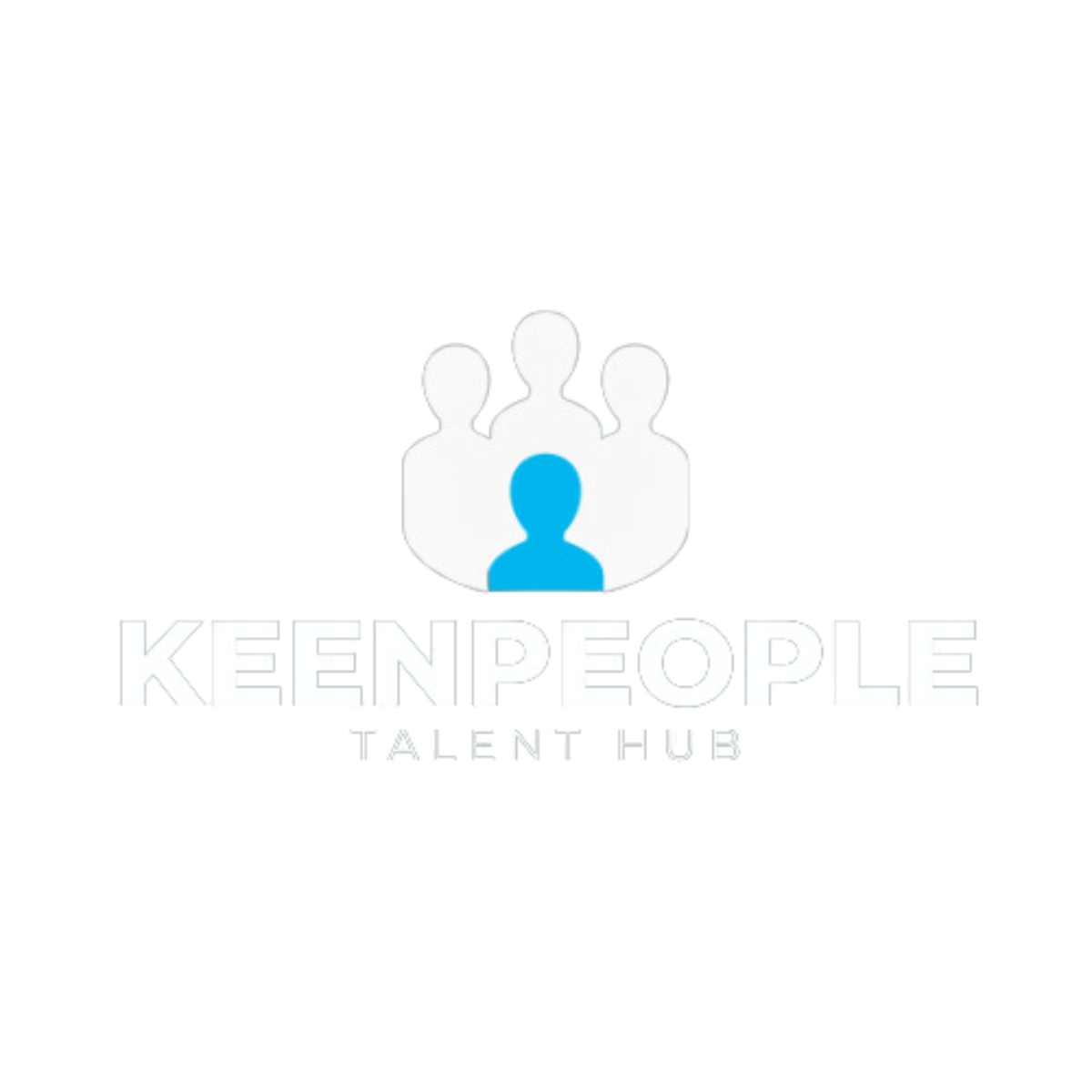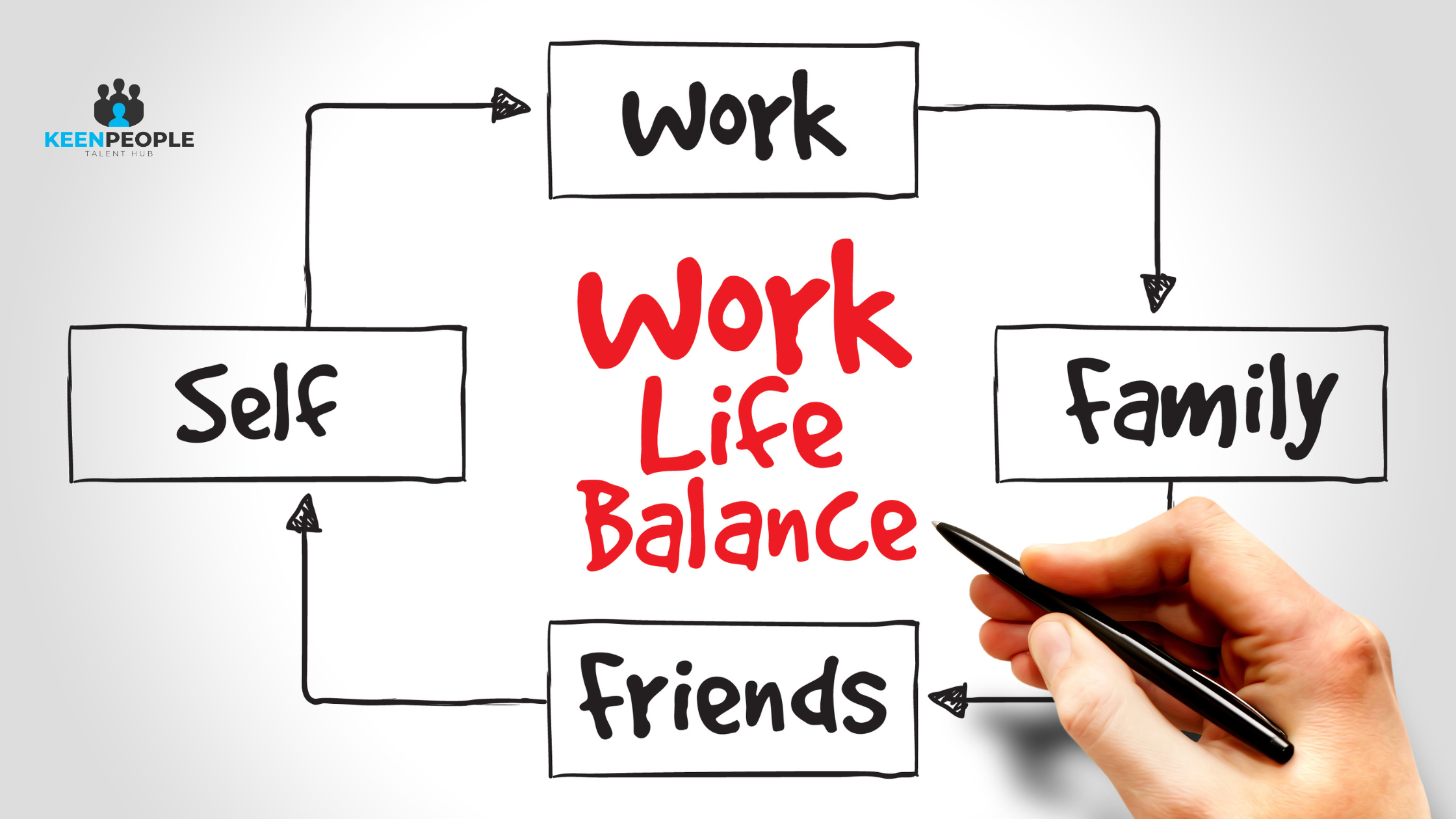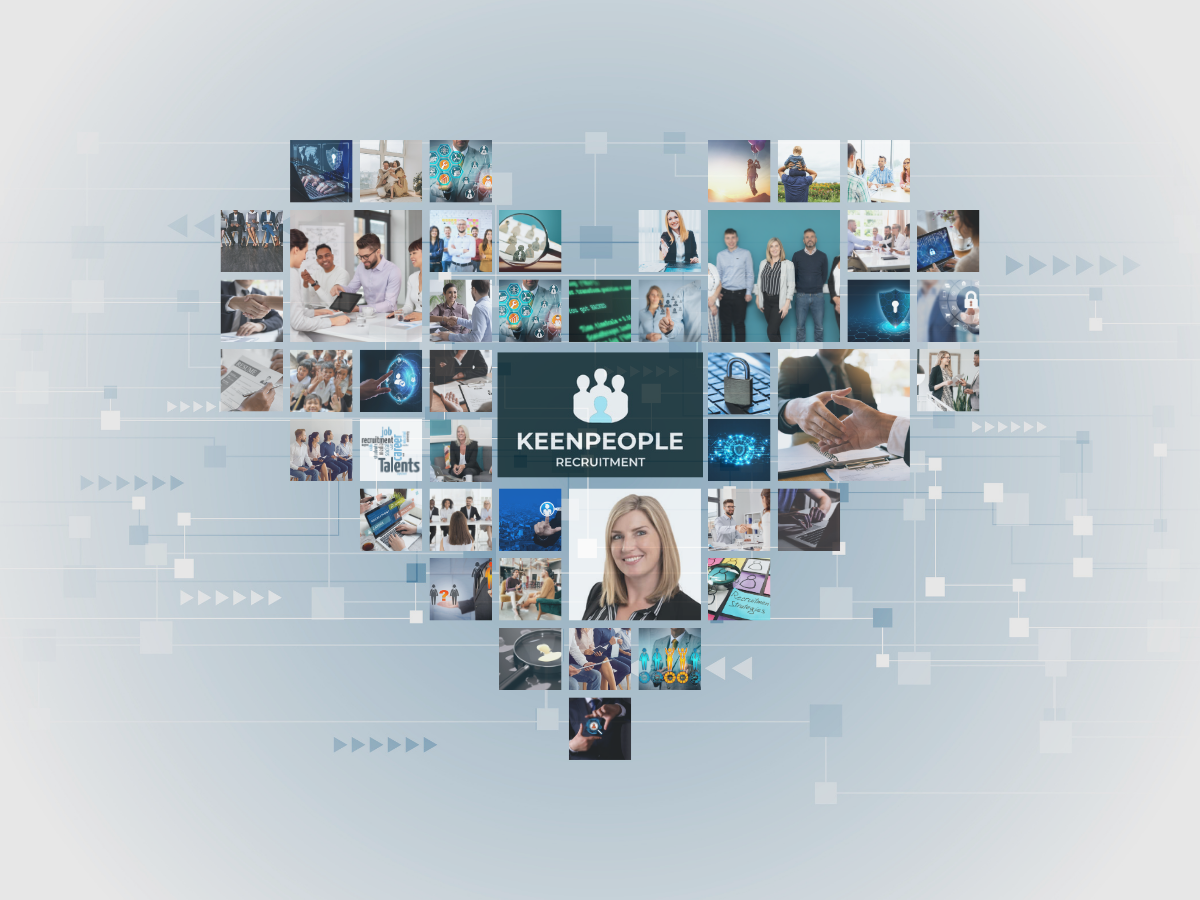Internships serve as invaluable stepping stones on the path to a fulfilling career. They provide hands-on experience, networking opportunities, and a glimpse into the real-world workings of various industries. Whether you’re a student exploring career options or a professional seeking a career change, internships offer a gateway to your dream career. Let’s explore why internships are essential and how they can shape your professional journey.
Balancing Work and Life: Finding the Right Job Fit for You
Achieving a healthy balance between work and life has become increasingly important. Yet, finding the right job fit—one that aligns with your career aspirations, personal values, and lifestyle preferences—can be a daunting task. Balancing work and life isn’t just about clocking in and out; it’s about finding fulfilment and harmony in both professional and personal spheres. So, how can you find the perfect equilibrium? Let’s explore some strategies for discovering the right job fit tailored to your unique needs.
Nurturing Integrity: A Guide for HR Professionals
In the heartbeat of every thriving organisation lies a precious gem: integrity. Integrity isn’t just a fancy word or a checkbox—it’s the bedrock upon which trust, credibility, and reputation are built. It’s about syncing your words, actions, and values, even when no one’s looking. In today’s whirlwind of business, cultivating a culture steeped in integrity isn’t just a nice-to-have; it’s a must for lasting success and growth.
Attracting and Retaining Talent: Building a Knowledge-Sharing Ecosystem for Success
Attracting and retaining top talent is a critical priority for organisations. A key strategy in this endeavour is the creation of a robust knowledge-sharing ecosystem. Such an ecosystem not only enhances employee satisfaction and engagement but also serves as a magnet for attracting new talent.
Navigating the Job Market: Trends and Insights for 2024
Embarking on a job search in 2024? Stay ahead of the curve with insights into the current job market trends. Here’s a guide to help you navigate and make informed decisions.
Mastering Interview Etiquette: Impress Your Potential Employer Like a Pro
Boarding on the journey of job hunting can be both exciting and nerve-wracking, especially when it comes to facing interviews. It’s not just about showcasing your skills and experience; it’s also about making a lasting impression with your professionalism and demeanour. To help you route this crucial stage with confidence, let’s explore into the world of interview etiquette and uncover the keys to leaving a positive impression on your potential employer.
Putting People First: Prioritising Employee Well-being in Your Organisation
In today’s corporate world, prioritising employee well-being is not just a noble gesture but a strategic imperative. Organisations that invest in the welfare of their employees reap numerous benefits, including increased productivity, higher retention rates, and a more positive work culture.
10 Essential Skills Every Job Seeker Should Highlight
In today’s competitive job market, it’s not just qualifications and experience that can set you apart – it’s also your ability to showcase essential skills that employers value. Whether you’re crafting your CV, cover letter, or preparing for an interview, highlighting these key skills can make a significant difference in catching the eye of potential employers. Let’s explore 10 essential skills every job seeker should highlight and practical tips on how to showcase them effectively.
Finding Your Perfect Match: Recruiting Talent With Heart
As the month of February unfolds, the air is filled with an aura of connection and appreciation. It’s a time when relationships are celebrated, and connections are cherished. At Keen People we believe that finding the right talent for your company shares similarities with discovering your ideal partner. Let’s explore how the art of matchmaking intertwines seamlessly with successful recruitment strategies.
Building a Diverse IT Workforce: Challenges and Strategies
In the rapidly advancing field of Information Technology (IT), the call for diversity is not just a moral imperative; it’s a strategic necessity. A diverse workforce brings a wealth of perspectives, fostering innovation and driving success. However, building a diverse IT workforce comes with its own set of challenges and requires thoughtful strategies. Let’s delve into the journey of creating an inclusive and varied tech team.










